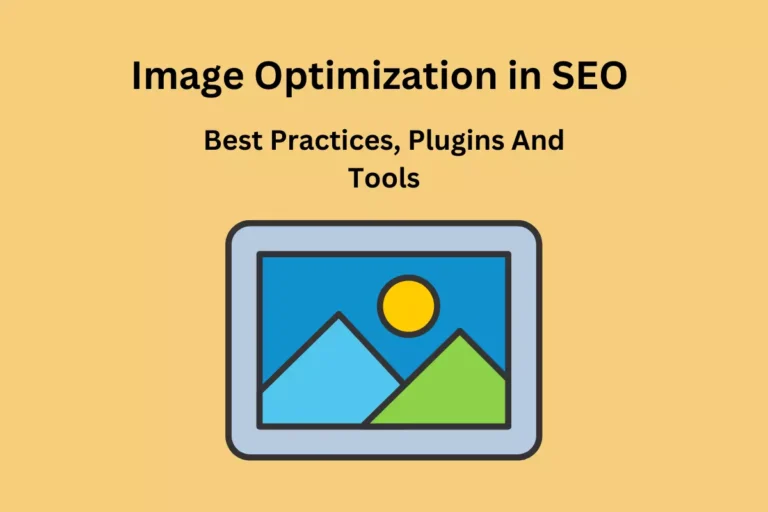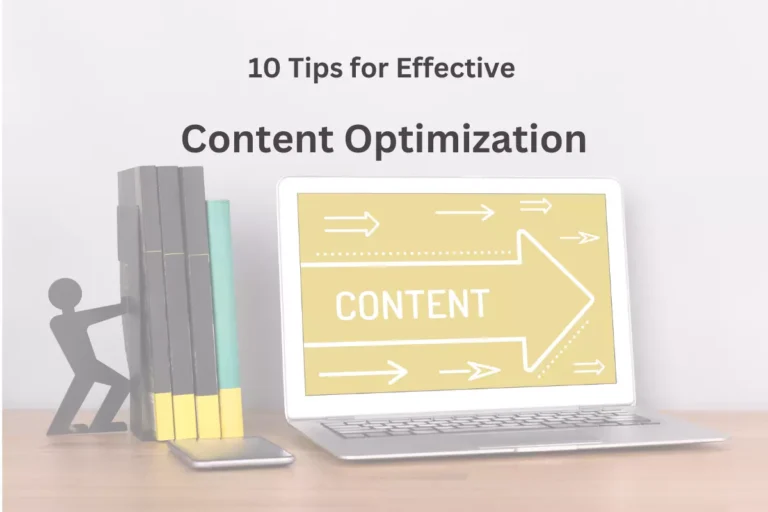When you search for something on Google, have you ever wondered how the search results are generated?
The answer lies in Google’s algorithm,
a complex set of rules and calculations that determines
which websites appear in search results and in what order.
In this blog post, let’s take a closer look at Google’s algorithm
and why it matters for businesses and website owners.
What is Google Algorithm?
Google Algorithm is a complex set of mathematical rules and calculations that determines the ranking of web pages in Google search results.
Google regularly updates its algorithm to ensure that it continues to provide the best possible search results for its users.
Why Does Google Algorithm Matter?
Google Algorithm matters for several reasons:
- Visibility: Google is the most popular search engine in the world, and ranking high in search results can significantly increase a website’s visibility and traffic.
- Credibility: Websites that rank high in search results are often perceived as more credible and trustworthy by users.
- Revenue: For businesses, ranking high in search results can translate into increased revenue, as more traffic often leads to more conversions and sales.
- User experience: Google’s algorithm is designed to provide the best possible user experience by delivering high-quality and relevant search results.
Types of 8 Major Google Algorithm Updates and Their Impact on Your Website
Google is constantly updating and improving its search algorithm to deliver the best possible search results to users.
These updates can have a significant impact on search rankings and website traffic,
which is why it’s important for website owners and digital marketers to stay up-to-date on the latest algorithm changes.
In this blog post, let’s take a closer look at the types of major Google algorithm updates and their impact on your website.

Here are the 8 major Google algorithm updates:
- Panda
- Penguin
- Hummingbird
- Pigeon
- Mobile
- Rank Brain
- Possum
- Fred
Lets understand each algorithm update and their impact:
1.Google Panda (2011) – Panda algorithm update focused on identifying and penalizing low-quality or “thin” content on websites.
For example, a website that contained numerous pages of thin content with little value to the user,
or that had duplicate content copied from other websites,
would be likely to be impacted by the Panda algorithm update
2.Google Penguin (2012) – Penguin algorithm update focused on penalizing websites that engaged in manipulative link-building tactics.
For example, a website that had numerous links from low-quality, irrelevant or spammy websites,
or had an unnatural and manipulative link profile,
would be likely to be impacted by the Penguin algorithm update.
3.Google Hummingbird (2013) – Hummingbird algorithm update aimed to better understand user intent and deliver more relevant search results.
For example, if a user searches for “best coffee shops near me”,
Google’s Hummingbird algorithm will understand that the user is looking for local coffee shops
and provide relevant search results based on the user’s location.
4.Google Pigeon (2014) – Pigeon algorithm update aimed to provide more relevant and accurate local search results.
For Example a user in Bangalore searches for “pizza delivery”.
The Pigeon algorithm will use the user’s location to determine the local businesses that offer pizza delivery in the area.
It will also consider factors such as the business’s proximity to the user,
the quality and relevance of the business’s website, and the business’s overall reputation.
5.Google Mobile-Friendly Update (2015) – Mobile-friendly algorithm update aimed to promote mobile-friendly websites in search rankings.
For example, if a user searched for “best Italian restaurant” on a mobile device,
Google’s Mobile-Friendly Update would prioritize websites that were optimized for mobile devices,
with easy-to-read content, fast load times, and easy-to-navigate menus.
Websites that were not mobile-friendly would appear lower in search results
or may not appear at all on the first page of search results.
6.Google RankBrain (2015) – RankBrain algorithm update focused on using machine learning and artificial intelligence to better understand the meaning behind search queries.
For example, if a user searches for “best Italian restaurant in NYC”,
Google’s RankBrain algorithm will analyze the search query and take into account factors such as the
user’s location, the relevance of the website’s content to the user’s search query,
and the quality of the website’s content.
7.Google Possum (2016) – Possum is a local search algorithm.The update aimed to improve the accuracy
and relevance of local search results for users. For example, if a user in a suburban area searches for
“coffee shops”, Google’s Possum algorithm would prioritize local coffee shops in that area, rather than
just showing results for coffee shops in the nearest city center.
8.Google Fred (2017) – Fred algorithm update targeted websites that were found to have low-quality
content and a high number of ads. For example, a website that contained multiple pop-up ads, auto-play
videos, and low-quality content with little value to the user would be likely to be impacted by the Fred
algorithm update.
Conclusion
By staying up-to-date on the latest algorithm changes and focusing on creating high-quality, user-
focused content, website owners and digital marketers can adapt to these changes and continue to rank
well in search results.
Now I would love to hear from you.
Make yourself known by leaving a comment here. I look forward to your response and welcome any other ideas as they emerge!
As a digital marketing consultant, My ultimate goal is to empower businesses to thrive in the digital landscape.
I believes that a well-executed digital strategy can transform a company’s online presence, drive growth, and create meaningful connections with target audience.
To Know More Click Here!







